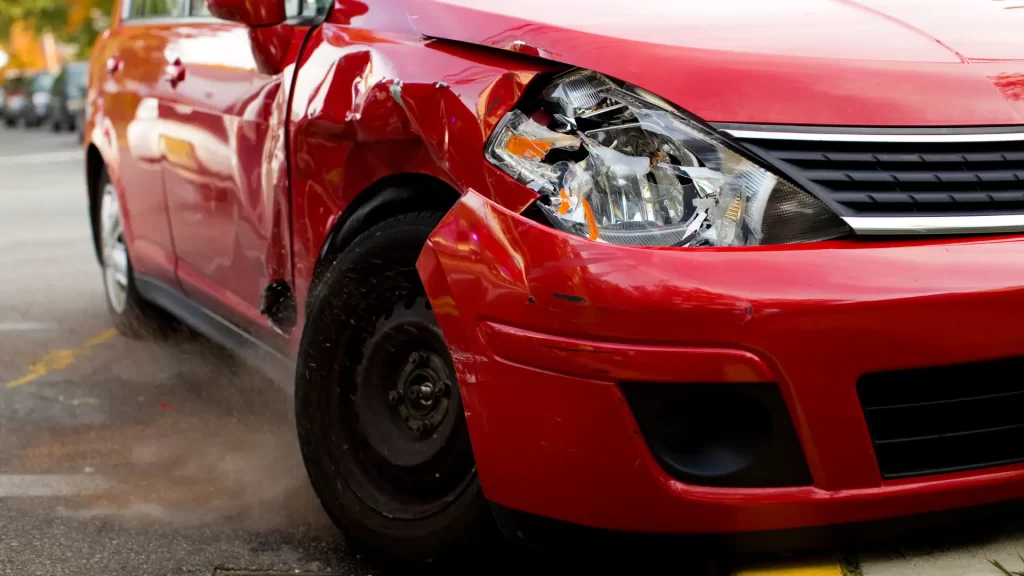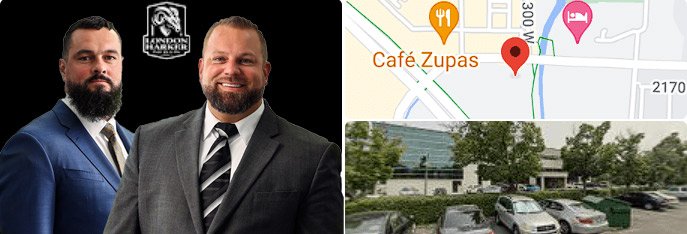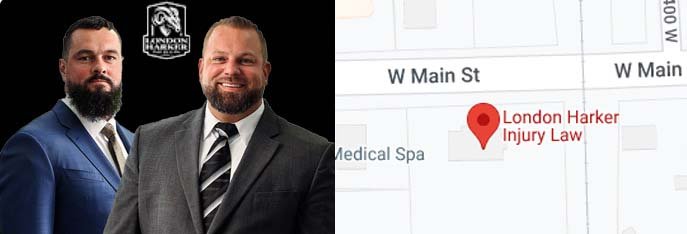Posted on Friday, May 3rd, 2024 at 9:00 am
In the aftermath of a car accident, you must discover who is at fault to learn the crash’s impact on your financial and legal responsibilities. So, how is fault determined in a car accident? This critical question is the basis of insurance claims and legal actions.
In Sandy, Utah, comparative negligence and no-fault insurance play a pivotal role. Using comparative negligence, lawyers, insurance adjusters, and courts assign fault percentages among drivers, which affects compensation. At the same time, no-fault insurance covers injuries up to the policy limits regardless of fault, simplifying the claims process. Knowing these principles can make the complexities of the processes that follow an accident more comprehensible.
How to Prove Fault in a Car Accident
How is fault determined in a car accident? After you’ve been in an accident, you’ll need evidence to prove who caused the crash. This evidence can include:
Physical Evidence
- Photos: Take clear pictures of the accident scene, including all vehicles involved, their positions, and any visible property damage. Capture traffic signs, signals, and road conditions.
- Skid Marks: Document skid marks on the road, which can indicate braking patterns and vehicles’ speeds before impact.
- Vehicle Damage: Examine the extent and location of damage to the vehicles. This can help reconstruct the accident and determine the points of impact.
- Black Box Data: If any of the vehicles involved have black boxes, your attorney can obtain the data from the time of the crash. This data may reveal the speed at which the vehicle was traveling, whether there was an attempt to slow down, and other information that can shed light on whether the driver was at fault.
Police Reports
- Legal Requirement: In Utah, you are legally required to contact law enforcement immediately after an arrest.
- Documentation: Police reports are crucial as they contain official accident records, including the time, date, and location.
- Officer’s Observations: The report includes the police officer’s observations, such as weather conditions and road hazards.
- Citations and Statements: If any driver receives a citation, it is noted in the report. The statements from involved parties and witnesses are also included, providing a comprehensive view of the incident.
Witness Testimonies
- Eyewitness Accounts: Testimony from individuals who witnessed the accident can provide unbiased perspectives on how the accident occurred.
- Supporting Evidence: Witnesses can corroborate or contradict the drivers’ statements, adding credibility to the claims.
- Details and Clarity: Witnesses often recall details that the involved parties might overlook, such as the drivers’ behavior before the collision or the sequence of events leading up to the accident.
- Admissions of Fault: Sometimes after an accident, a driver will admit they were at fault for the accident. If they don’t explicitly take responsibility, they may confess to a critical fact that proves they were driving negligently.
Collecting and presenting this evidence effectively can significantly influence the determination of fault in a car accident.
Insurance Fault Determination Rules
Insurance companies integrate various sources of information to determine who was at fault in a car crash. They heavily rely on the police report from the accident since it provides an objective incident record, including the officer’s observations and any citations issued.
Insurers may use interviews with the involved parties and witnesses to help make their determination. Their diverse perspectives can shed light on the sequence of events that led to the crash.
Additionally, the insurance company will examine the physical evidence to determine fault. Sometimes, accident reconstruction experts provide a detailed analysis based on this evidence.
Utah-Specific Rules
Utah is a no-fault state. Utah follows a no-fault insurance model. That means all drivers involved in an accident must initially file a claim with their own insurance companies. However, for more severe cases where injuries exceed $3,000 in medical bills and medical expenses or involve significant physical harm (e.g., permanent disability or disfigurement), injured parties can pursue a third-party claim against the at-fault driver.
Utah also follows a comparative negligence rule, which allows injured people to recover compensation that is reduced by their proportionate share of fault, provided they are less than 50% at fault. This means your compensation will be reduced by the percentage of fault you have for causing the accident.
What Happens If I’m at Fault in a Car Accident?
Taking immediate and appropriate action is crucial if you are at fault in a car accident. First, stay at the scene and cooperate fully with the authorities. This includes providing your information and a clear account of what happened. Next, notify your insurance company as soon as possible to report the accident and initiate the claims process. However, you need not tell either law enforcement or your insurer that you believe you were at fault for the crash.
Being at fault can lead to several potential legal and financial consequences. Your auto insurance premiums may increase. Additionally, you could face legal liability, resulting in possible lawsuits from other parties involved in the accident. Honest and thorough incident documentation is essential, as it can significantly affect the outcome of any legal proceedings or insurance claims. This includes gathering evidence, such as photos and witness statements, and maintaining accurate records of all communications and reports related to the accident.
How to Tell Who Is at Fault in an Accident Report

Interpreting an accident report involves looking at the totality of evidence. Police observations often carry significant weight. Consistent statements from witnesses can further clarify the events. Identifying critical details such as the positioning of vehicles, skid marks, and the nature of vehicle damage can point to a fault. By piecing together these elements, you can better understand who will likely be found to be at fault in the accident.
Secure Your Rights Today
Still unsure how is fault determined in a car accident? Understanding fault determination in car accidents is crucial for managing insurance claims. Gathering comprehensive evidence and seeking legal advice can significantly impact the outcome of your case. Knowing how fault is determined helps you handle insurance processes and potential legal issues more effectively.
If you have been injured in a car accident, contact London Harker Injury Law for a free consultation. Our experienced Provo and Sandy car accident attorneys can guide you through the complexities of fault determination and ensure your rights are protected. Schedule an appointment today with our firm at 77CARCRASH or visit our website.




